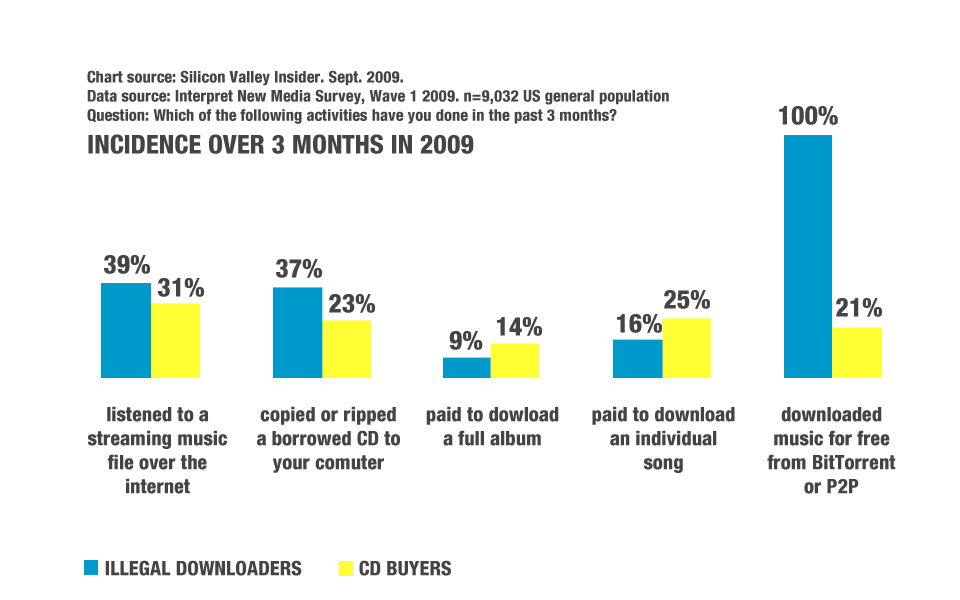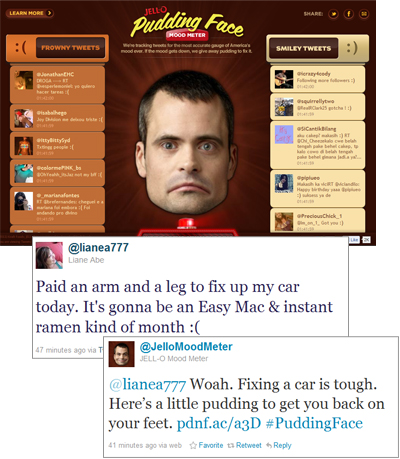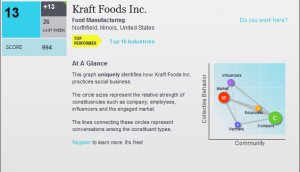Most people don’t buy their music, they download it illegally through sites like uTorrentand Frostwire. This is bad news for the music industry and has caused labels and artists to get creative.


Laura MacDonald recently wrote a blog entry entitled Mylo Xyloto meets You-Tube whereshe outlined how Coldplay was releasing 30 second audio clip previews of their new songs on YouTube. Using YouTube, Coldplay was able to reach a wider audience and, like Laura said, allows customers to identify themselves with the Coldplay brand and what they stand for: pushing them to purchase the album to identify themselves.
 Another creative tactic was used by Radiohead to promote its In Rainbows album.Radiohead cut out the middle man by dumping its long-time major label (EMI) and posted its album online on a temporary website (www.inrainbows.com). The website offered fans the chance to set their own price for the album. Most took it for free, but the average price paid by devoted fans was about $5. Considering it only costs 50 cents to cover bandwidth and transaction processing costs, the band made a greater profit than it would have if it used a label to produce its album for stores (where they would have earned a merely $1 for every album sold) (Marketing: An Introduction, pg. 375). Not only did Radiohead increase its
Another creative tactic was used by Radiohead to promote its In Rainbows album.Radiohead cut out the middle man by dumping its long-time major label (EMI) and posted its album online on a temporary website (www.inrainbows.com). The website offered fans the chance to set their own price for the album. Most took it for free, but the average price paid by devoted fans was about $5. Considering it only costs 50 cents to cover bandwidth and transaction processing costs, the band made a greater profit than it would have if it used a label to produce its album for stores (where they would have earned a merely $1 for every album sold) (Marketing: An Introduction, pg. 375). Not only did Radiohead increase its profits, it also recieved tons of free advertising from news outlets. Google recorded that there was about 10,900 articles about Radiohead and its campaign. After awhile, Radiohead took down the site and sold the album through stores (132,000 copies were sold during the first week alone). This campaign not only increased revenue for Radiohead, the band also scored its second number 1 album on the US pop charts in January 2008.
profits, it also recieved tons of free advertising from news outlets. Google recorded that there was about 10,900 articles about Radiohead and its campaign. After awhile, Radiohead took down the site and sold the album through stores (132,000 copies were sold during the first week alone). This campaign not only increased revenue for Radiohead, the band also scored its second number 1 album on the US pop charts in January 2008.
The success of both Coldplay and Radiohead show that going directly to consumers benefits.

















